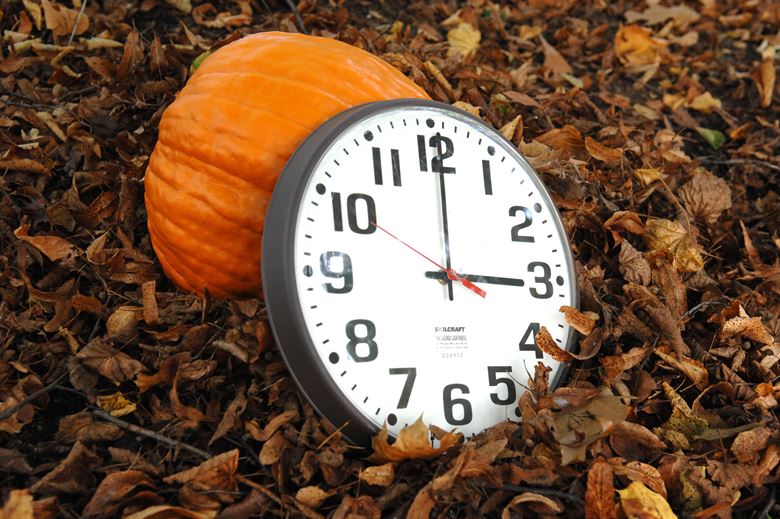

If you enjoy outdoor exercise after work or evening entertaining, you’ll have several hours of daylight before the sun goes down. Daylight saving time comes with some benefits, too. Use a nightlight for middle-of-the-night bathroom visits.Ĭonsider the positive effects of daylight saving timeĪnother way to counter the negative effects of springing forward is to look at the bright side.
An image of a nice clock showing daylight saving time tv#

If you already have good sleep habits, you’ll have a much easier transitioning during daylight saving time, both in the spring and in the fall. In the morning, the natural sunlight will signal your brain that it’s time to wake up and get on with your day. For a few days before springing ahead, leave your bedroom blinds or curtains open as you fall asleep at night. Just as dimming the lights prepares you for bedtime, sunlight helps get you out of bed in the morning. Set it 15 to 30 minutes earlier than normal to help minimize the effects of the time change. When you move up your bedtime, make sure you also adjust your alarm clock. In addition to going to sleep earlier, you’ll want to wake up earlier, too. This is a hormone made by the pineal gland that helps you fall asleep and stay asleep. These activities alert your brain to begin releasing melatonin. To guide your brain into an earlier bedtime, dim the lights, take a warm bath and put on your pajamas about 45 minutes earlier than normal. One of the best ways to deal with daylight saving time sleep problems is to plan ahead.Ībout a week in advance of the time change, move your bedtime up by 15 to 30 minutes. Plan aheadįor a world that’s already sleep-deprived, it can be tough to lose an additional hour in the spring. Take advantage of the following helpful tips. Springing forward can also affect your safety, as research shows a rise in fatal car crashes with the change to daylight saving time.įortunately, there are things you can do to counter the effects of the spring forward time change. Increased risk for heart attack or stroke.Spring forward health issues can include: While being robbed of an hour’s time may seem like a pesky inconvenience, it’s much more than that.īy upsetting the body’s internal clock, there are several negative effects of daylight saving time on the body. Each spring, we set our watches and clocks ahead one hour.


 0 kommentar(er)
0 kommentar(er)
